Insights gained over a 28-year study on the narrow head ant Formica exsecta


In the recent article “The life history of Formica exsecta (Hymenoptera: Formicidae) from an ecological and evolutionary perspective” published in Myrmecological News, Liselotte Sundström and Emma Vitikainen conducted a long-term study on F. exsecta over 28 years. They gained ecological and evolutionary key insights into the life history of this species. Here, Liselotte Sundström answers some questions.
An interview compiled by Alice Laciny and Patrick Krapf

MNB: Could you tell us a bit about yourself?
LS: I am an evolutionary biologist primarily interested in the genetic and ecological underpinnings of animal behaviour. Social insects were the perfect organisms to work on, given their intricate social life, and the fact that they were among the first organisms on which marker-based population genetic studies were done – Ross Crozier and Pekka Pamilo.
MNB: Could you briefly outline the research you published in Myrmecol. News in layman’s terms?
LS: The core message of the work is that long-term studies on the same populations of a species can reveal ecological and genetic patterns that one would not be able to see in any of the individual studies we have published on this species so far. This gives us a better understanding of how organisms respond to changes in the environment on the one hand, and how adaptations honed by natural selection might drive individual populations to extinction, on the other. The latter means that an adaptation that is beneficial in the short term may be harmful for a local population in the long term.
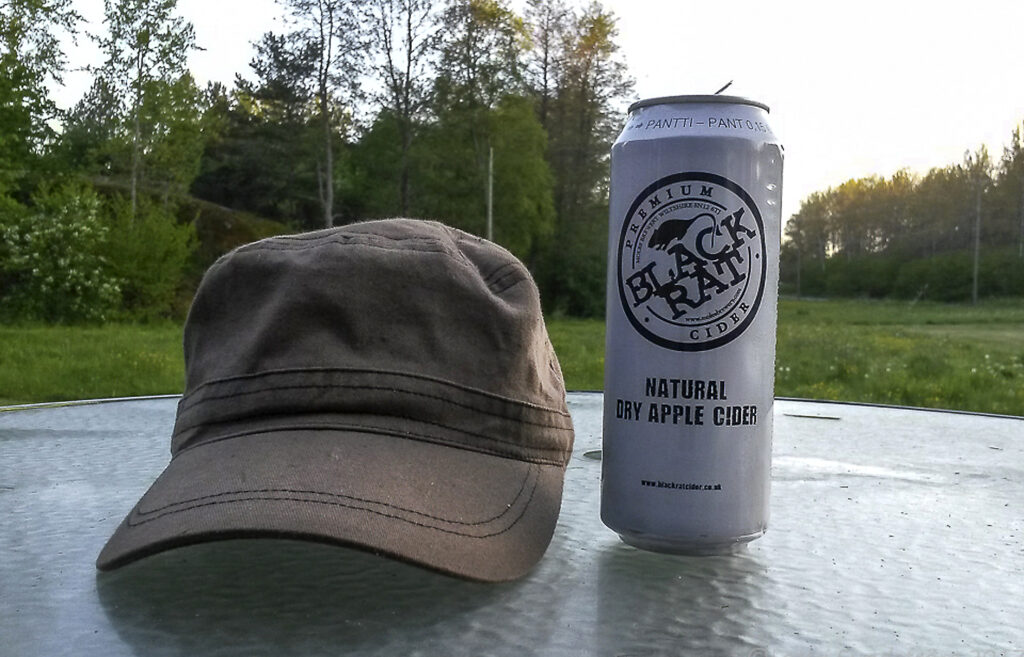


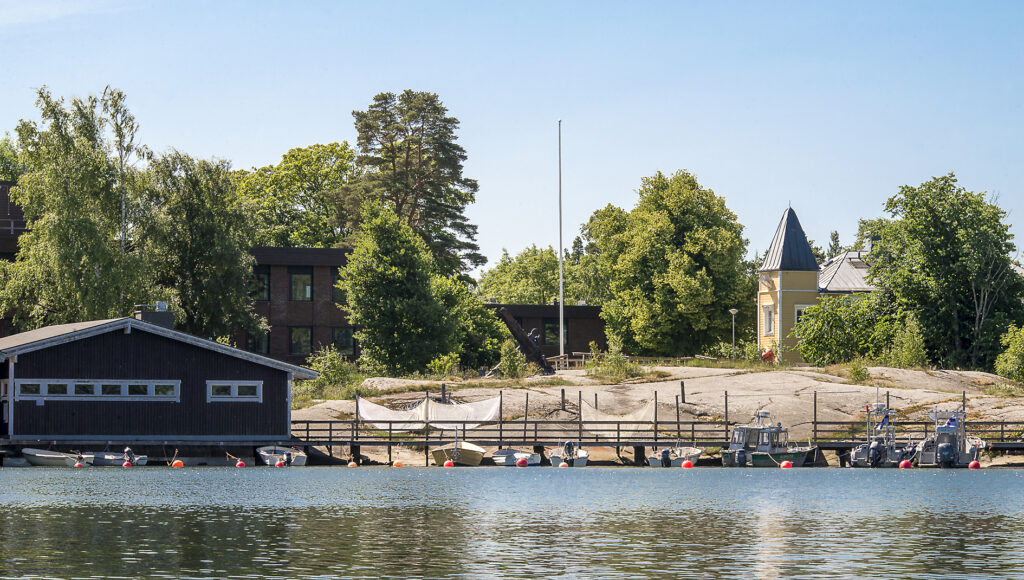


MNB: What is the take-home message of your work?
LS: Invest time and effort in careful monitoring of wild populations, while publishing smaller short-term work on specific aspects (so that you can maintain funding).
MNB: What was your motivation for this study?
LS: Since school, I have had an interest in animal behaviour and genetics, and how to combine these.
MNB: What was the biggest obstacle you had to overcome in this project?
LS: No real obstacles, as far as funding and facilities go. Compiling the entire data set is a challenge, but no obstacle.
MNB: Do you have any tips for others who are interested in doing related research?
LS: If you find an organism, the facilities for working in the field, and some funds to start, do continue with consistent monitoring of key ecological parameters combined with genetic data. Address short-term key questions, solidly anchored in theory, of specific aspects of biology. This should help you to maintain funding. Having a solid basic insight into the biology of a species will also help you identify good research questions. Then when you retire you can publish a review.
MNB: Where do you see the future for this particular field of ant research?
LS: The advent of genomic data combined with deep knowledge of the ecology and behaviour of a study object will produce exciting and ground-breaking new insights into evolutionary biology.


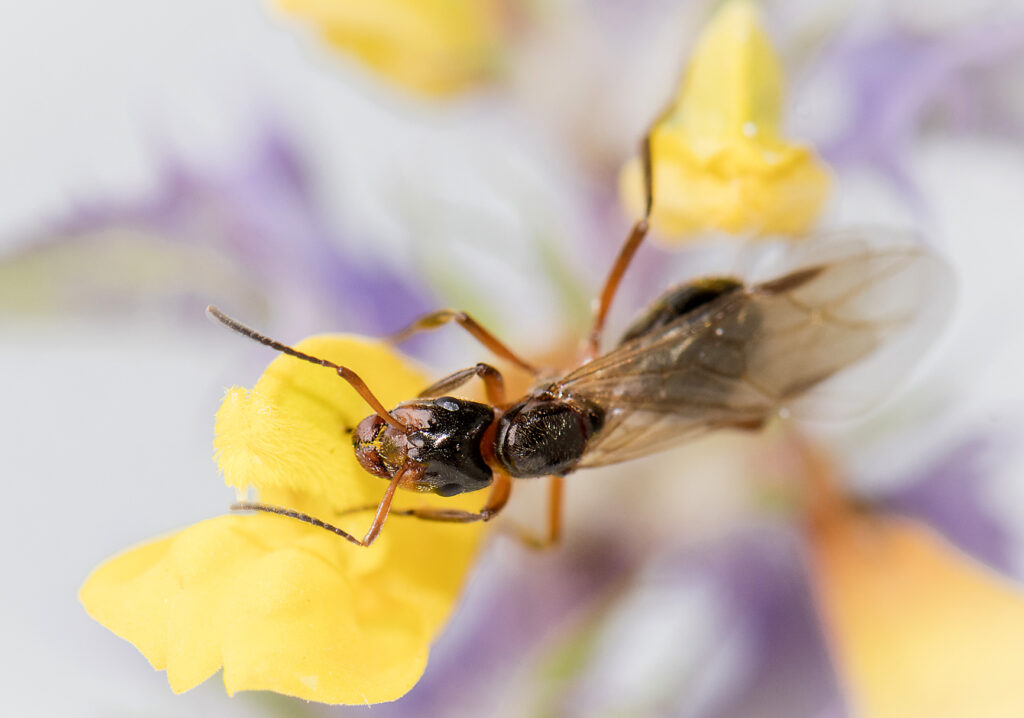


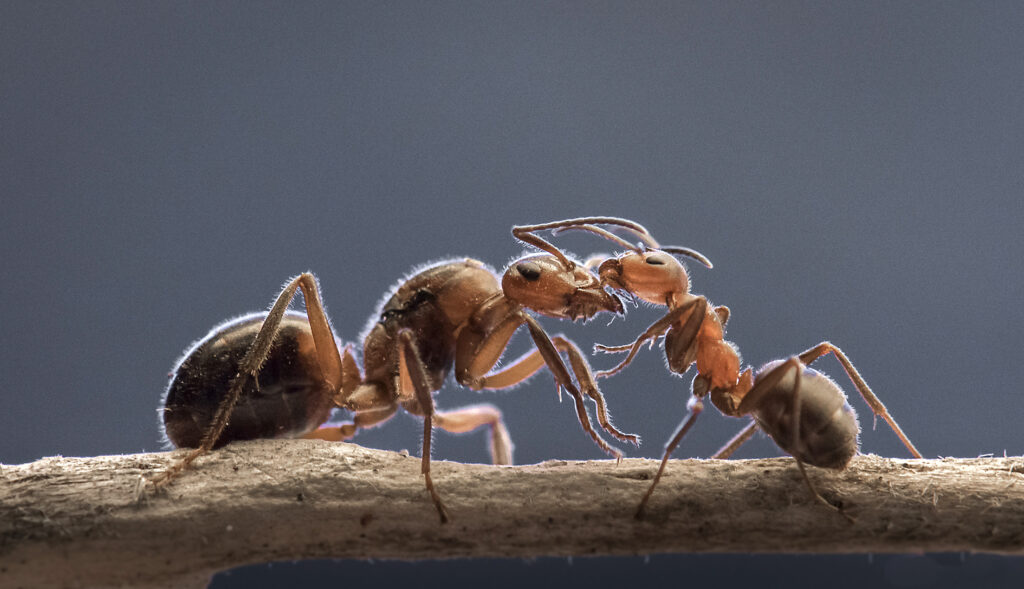



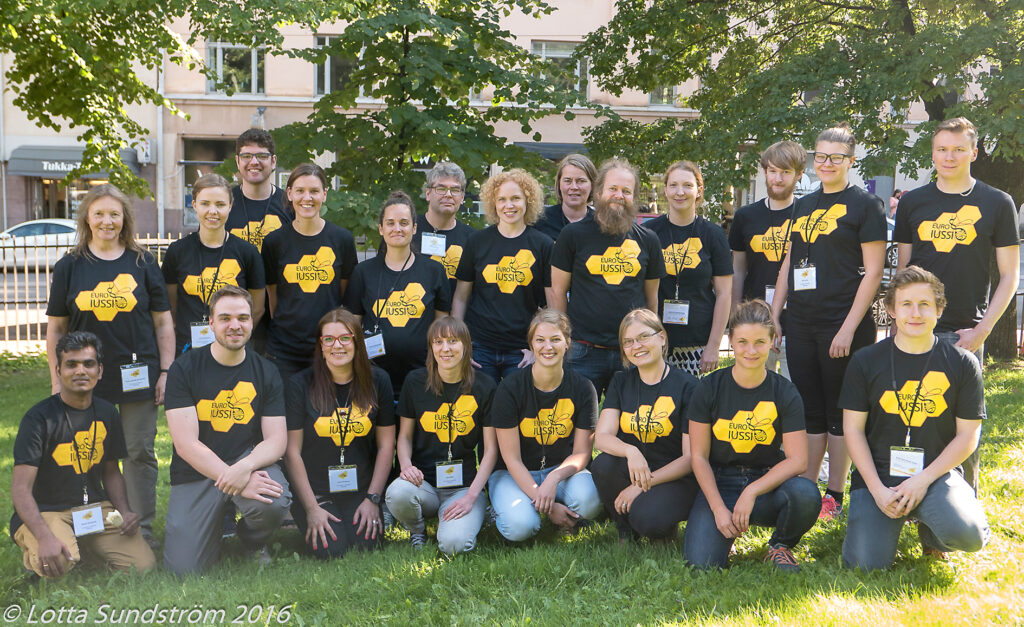



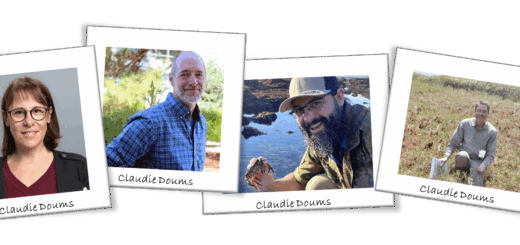
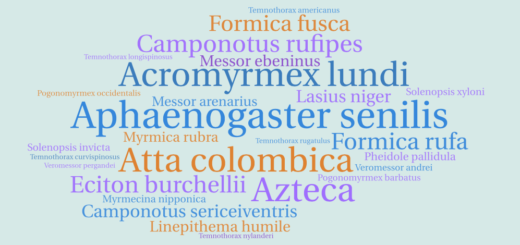
Recent Comments